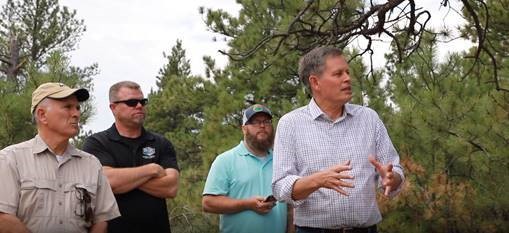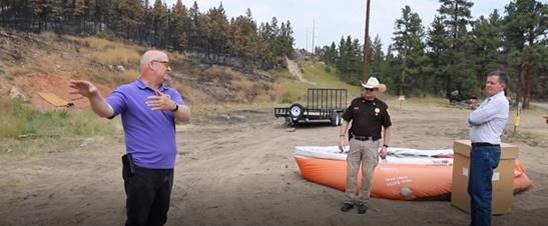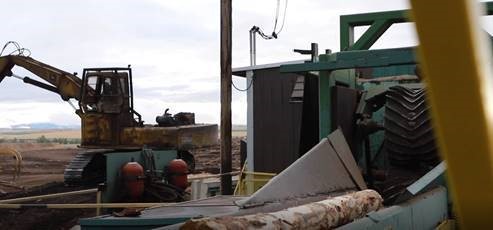U.S. SENATE – U.S. Senator Steve Daines and Senator Dianne Feinstein (D-CA) today introduced major, bipartisan forest management reform legislation. The bipartisan bill increases active management of federal forests, cuts red tape, reduced frivolous litigation and gives the U.S. Forest Service (USFS) the tools to protect communities from deadly wildfires.
“I am very happy to join Senator Feinstein in introducing this strong, commonsense forest management legislation,” Daines said. “This bill will speed up urgently needed projects to reduce wildfire risks, create good paying jobs in the forestry sector, and protect public health and safety. I look forward to working closely with Senator Feinstein to pass this legislation and send it to the President’s desk, because we must manage our forests so they don’t manage us.”
Daines and Feinstein introduced the major forest management reform bill after working over a year on a bipartisan product that would have strong bipartisan consensus and would be signed into law.
Click HERE to hear directly from Montanans how Daines’ bill will help create and support good paying timber jobs.

Jobs video
Click HERE to watch the video below to hear more on how Daines’ bill protects public safety & health

Public health & safety video
Click HERE to watch the video below to learn more about how Daines’ bill promotes the firefighter safety.

Firefighter safety video
Click HERE to hear how Daines’ bill stops frivolous litigation and promotes science based active management of our forests.

Wildfire litigation video
Daines’ work on the this major bipartisan forestry reform bill has received significant support from Montana leaders including the Montana Wood Products Association, Rocky Mountain Elk Foundation, Northwestern Energy and Montana Logging Association.
For statements of supports, click HERE.
Some highlights of the bill:
- Directs the Forest Service to complete three landscape-level, collaborative projects in the west to reduce the risk of wildfire. Projects are proposed by Governors and enjoy NEPA streamlining and litigation protections.
- Provides relief from the Cottonwood decision by establishing a threshold for what qualifies as ‘new information’ triggering consultation
- Accelerates post-fire restoration and reforestation by creating a new statutory authority modeled after the FS’ existing Emergency Situation Determination authority (36 CFR 218.21). The decision to grant an ESD would not be subject to environmental review, and the corresponding projects could be carried out using a streamlined Action, No-Action process
- Establishes a new 3,000 acre Categorical Exclusion for reducing fuels alongside Forest Service roads, trails, and transmission lines
- Specifies that FEMA hazard mitigation dollars can be used to install fire-resistant wires and infrastructure and the undergrounding of wires
- Establishes a new grant program in the Department of Energy to facilitate removal of biomass from National Forest areas that are at high risk of wildfire and to transport that biomass to conversion facilities
- Encourages U.S. Department of Agriculture and DOI to increase use of wildfire detection equipment
- Allows in California only the exports of logs, but only after domestic mills refuse them
- Creates a forestry workforce development program
- Establishes a Prescribed Fire Center in the West
- Amends the Weatherization Assistance program to include wildfire planning and prevention.
- Establishes a new program to improve the energy resilience and power needs of critical facilities.
To read the full bill, click HERE. To read the section by section, click HERE.
Daines’ work on the this major bipartisan forestry reform bill has received significant support from Montana leaders including the Montana Wood Products Association, Rocky Mountain Elk Foundation, Northwestern Energy and Montana Logging Association.
For statements of supports, click HERE.
###
